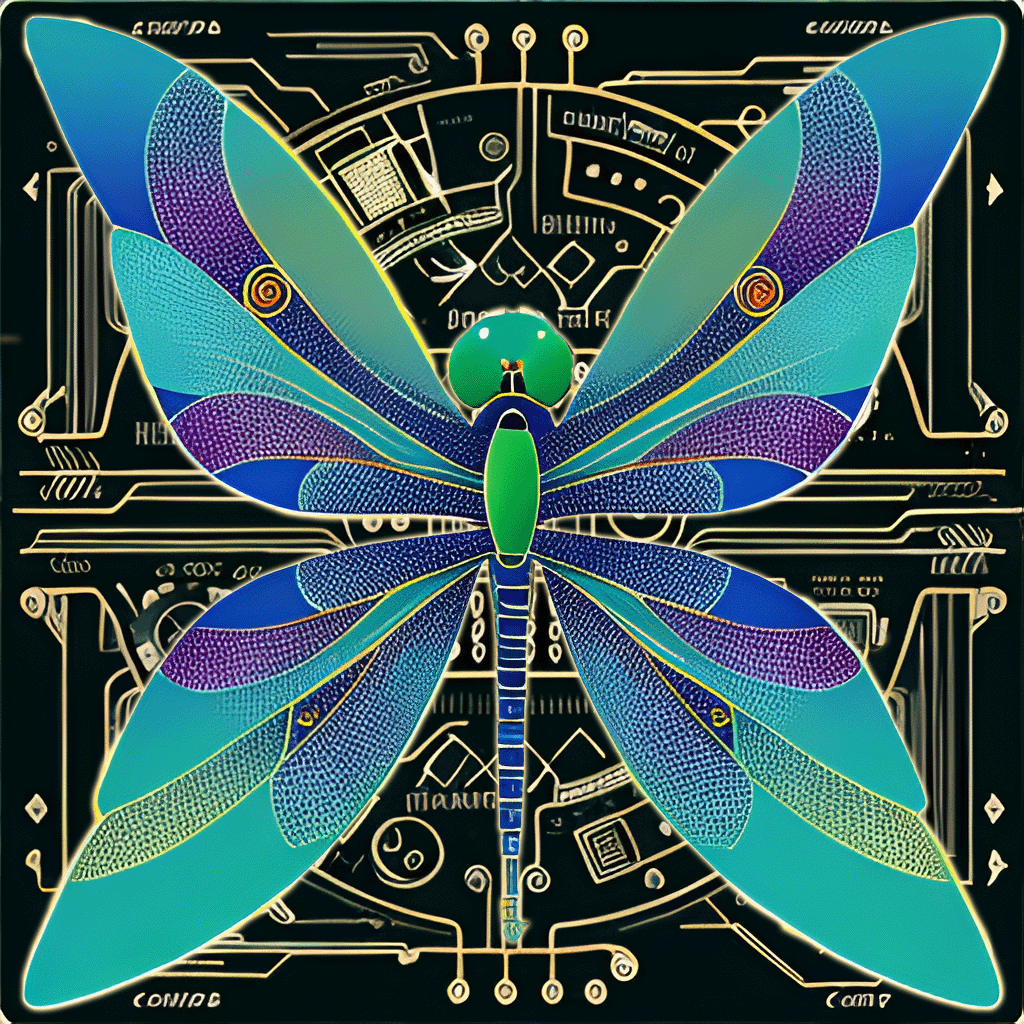

I saw Nick Gregory's diffusion.gallery site in the fall of 2022. Every five minutes, it uses the same simple prompt to an OpenAI model to generate a description of a painting. It then uses Stable Diffusion to generate an image from that description. It is a simple idea, but the results are fantastic: constantly refreshing, never-before-seen works of art. I have eight displays mounted to the walls in my office for Grafana, but have been mostly unused lately. I added diffusion.gallery to all eight displays attuned to a different points in diffusion.gallery's history of paintings. I love it!
Some time later, I came across the wonderful Stable Diffusion 1.5 - Cheat Sheet. While diffusion.gallery has some variety, the huge list of artists in the Cheat Sheet showed me I could have so much more! New, better models were available and starting with a dynamic initial prompt based off artists details from the Cheat Sheet meant I should be able to have more variety with fewer unsuccessful mutated pictures.
Nick's approach was to run his models on a local machine. I opted to call APIs, which costs more, but makes it easier to call more models and update to newer versions faster. The generator only runs every 20 minutes to keep costs reasonable. Here's how it works:
Everything is hosted at AWS. The website uses CloudFront as CDN and webserver to serve pages and assets from S3 and route API calls to API Gateway. API Gateway calls a Lambda function to look up info on the next image from DynamoDB so the website will know what image to pull from S3.
Having written one of the first enterprise level CMSes, what CMS/website builder did I use? I wrote the HTML and CSS by hand in a text editor. Probably not the most efficient approach, but there are only a handful of pages. And I have control over what the website is doing, so I can keep it from doing any of the stupid tracking that is built into almost every website. No cookies. No local browser storage. There are logs, but those are for troubleshooting and clear after a few days.
The style of the website comes from Tufte CSS.